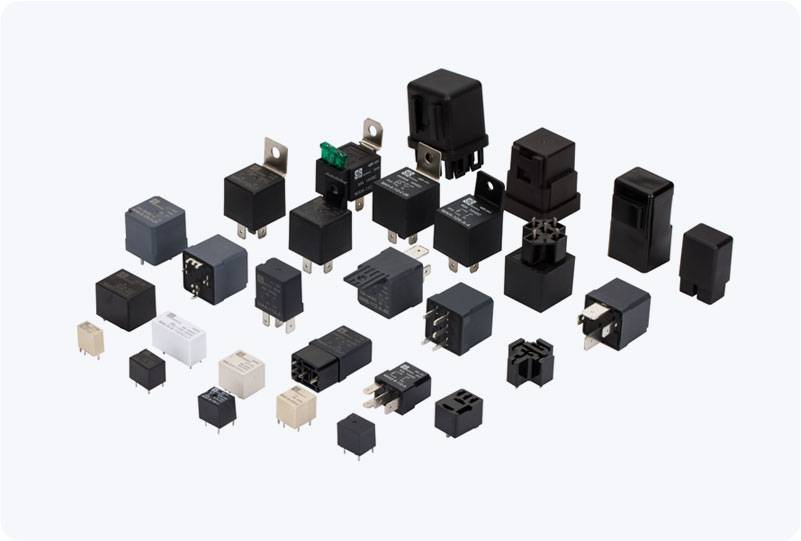Solid State Relays (SSRs) are electronic switching devices used to control electrical circuits without any moving parts. Unlike conventional mechanical relays, which use electromagnetic forces to physically open and close contacts, SSRs rely on semiconductor components such as diodes, transistors, or opto-isolators to perform their switching functions. Due to their unique characteristics, SSRs have become increasingly popular in various industries, particularly for automation and control applications.

What is a Solid State Relay? A Solid State Relay (SSR) is an electronic device that allows a control signal to switch an electrical load on or off. Unlike mechanical relays, SSRs do not contain moving parts, making them more durable and capable of handling more rapid switching. They typically consist of an input and output section. The input section receives the control signal, while the output section is responsible for managing the power to the load. The main components in a typical SSR include a phototransistor or photodiode (used to transmit the control signal), an optocoupler or optical isolator (for electrical isolation between the input and output), and solid-state semiconductor devices such as TRIACs, MOSFETs, or SCRs (used to switch the load circuit). This structure provides both safety and reliability by ensuring that no electrical contact is directly made between the low-voltage control side and the high-voltage load side.